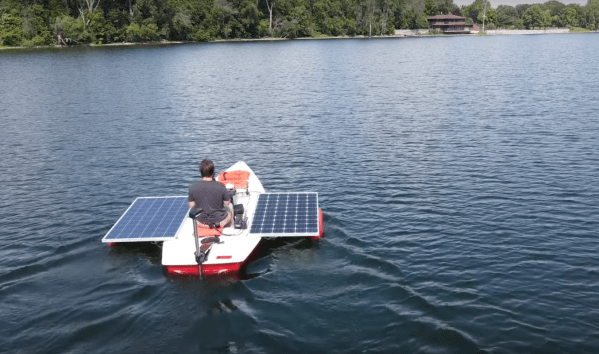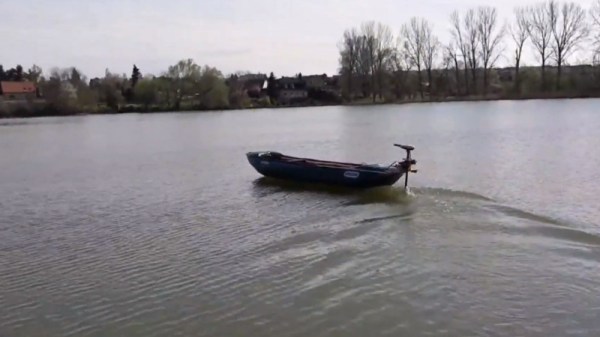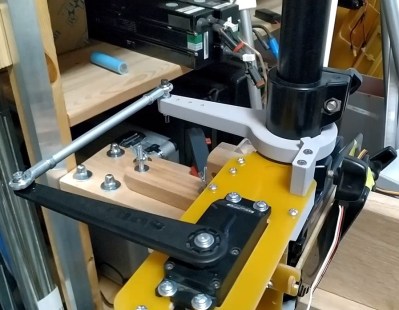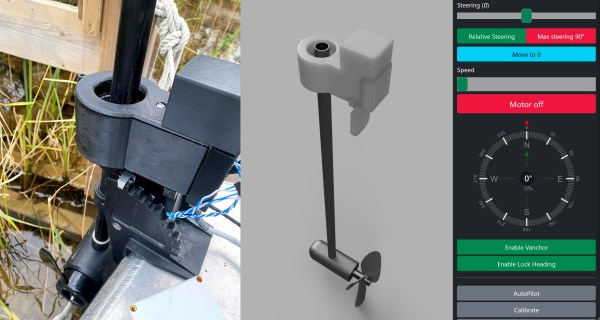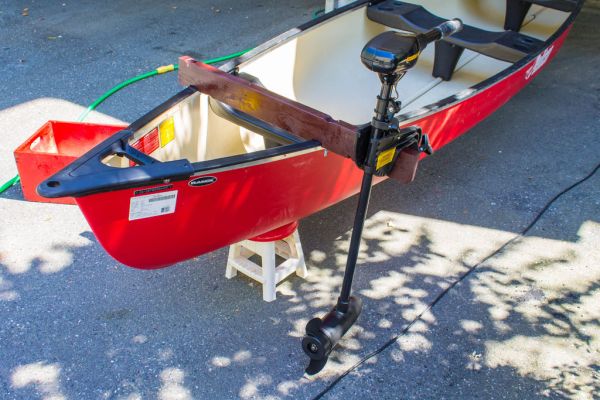Benchy is that cute little boat that everyone uses to calibrate their 3D printer. [Emily The Engineer] asked the obvious question—why isn’t it a real working boat? Then she followed through on the execution. Bravo, [Emily]. Bravo.
The full concept is straightforward, but that doesn’t make it any less fun. [Emily] starts by trying to get small Benchys to float, and then steadily steps up the size, solving problems along the way. By the end of it, the big Benchy is printed out of lots of smaller sections that were then assembled into a larger whole. This was achieved with glue and simply using a soldering iron to melt parts together. It’s a common technique used to build giant parts on smaller 3D printers, and it works pretty well.
The basic hull did okay at first, save for some stability problems. Amazingly, though, it was remarkably well sealed against water ingress. It then got a trolling motor, survived a capsizing, and eventually took to the open water with the aid of some additional floatation.
We’ve seen big Benchys before, and we’ve seen fully functional 3D-printed boats before, too. It was about time the two concepts met in reality. Video after the break.


